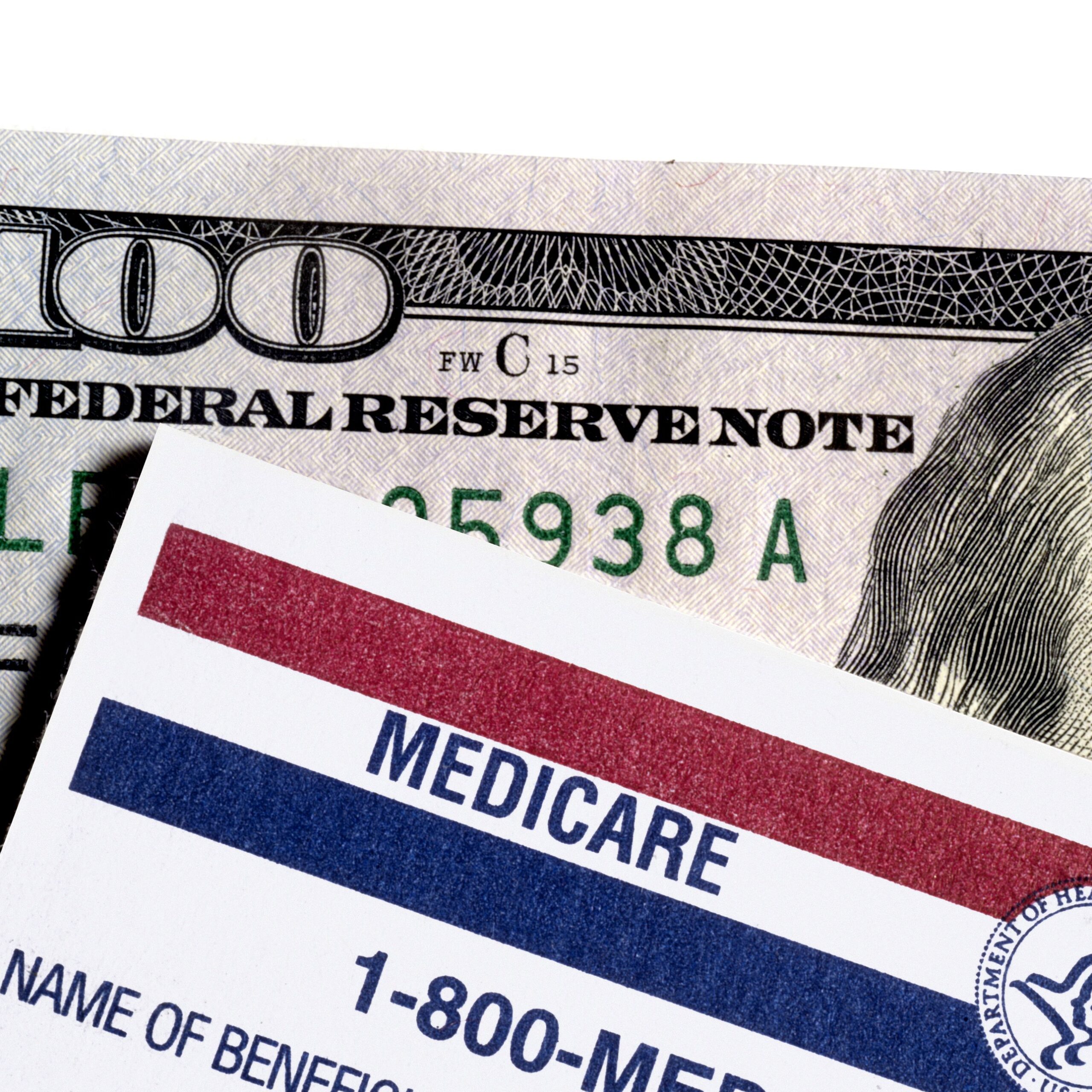Legacy Design Strategies
Omaha, NE, Minot, ND and Iowa Fall, IA Estate Planning and Elder Law Firm
Estate Planning and Elder Law Blog

Medicare has a variety of expenses—including premiums, copays and deductibles. CNBC’s recent article, “Here’s what you should know about Medicare costs if you’re nearing age 65,” found that half of respondents in a recent poll by consumer website eligibility.com, said they believe Medicare is free. If you fail to sign up on time, you may face penalties for the rest of your life.
Fidelity Investments estimates that the average male-female couple will spend at least $285,000 on health care in retirement. The items not covered by Medicare—dental, basic vision, over-the-counter medicines, long-term care—would be in addition to that amount.
If you have at least a 10-year work history, you pay no premiums for Medicare Part A. This will cover hospital stays, skilled nursing, hospice, and some home health services. However, Part A has a deductible of $1,364 per benefit period and some caps on benefits. Part B—which covers outpatient care and medical supplies—has a standard monthly premium of $135.50 (in 2019). Higher earners pay more. This part has a $185 deductible (for 2019). After it’s satisfied, you typically pay 20% of covered services.
Those parts of Medicare don’t cover prescriptions, so a Part D drug plan is needed.
You can get a separate plan to use with original Medicare, or you can enroll in an Advantage Plan (Part C). This plan usually has prescription drug coverage. If you go with this, your Parts A and B benefits also will be delivered through the insurance company offering the Advantage Plan.
The average cost for Part D coverage in 2019 is $32.50 per month, according to the Centers for Medicare and Medicaid Services. However, high earners pay extra for their premiums. The deductible for 2019 is $415.
If you accessed your Social Security benefits before age 65, you’ll automatically be signed up for original Medicare. A month or two before you turn 65, you’ll be automatically enrolled, and your card will be delivered in the mail. You’ll see your Social Security check decreased by the cost of the Part B premium.
If you haven’t yet used Social Security, you must enroll proactively. There’s a seven-month enrollment period that begins three months before your birthday month and ends three months after it. If you have insurance through an employer when you reach age 65, you may be able to wait to enroll in Medicare without a penalty.
Even if you don’t take medicine right now, at least sign up for the cheapest drug plan just so you don’t face a penalty. This is because if you don’t enroll in Part B when you’re supposed to, you’ll see a 10% penalty for each year that you should’ve been enrolled. The amount would be in addition to your monthly premium. Part B enrollment isn’t required, if you have medical coverage from your job.
As far as Part D, the penalty for not enrolling when you were first eligible is 1% for every month that you could have been signed up—unless you have qualifying coverage through an employer’s plan.
Many people couple their original Medicare benefits with a supplemental policy—known as Medigap—to help cover out-of-pocket costs like deductibles and coinsurance. However, you can’t pair a Medigap policy with an Advantage Plan.
If you select an Advantage Plan, there may be limited coverage for dental and vision.
Reference: CNBC (August 29, 2019) “Here’s what you should know about Medicare costs if you’re nearing age 65”

Get Started Today
Book your Free Estate Planning Consultation Now
Stay Up-To Date
Subscribe to Our eNewsletter
9859 South 168th Avenue,
Omaha, NE 68136
7 Third Street SE, Suite 202,
Minot, ND 58701
320 North Oak Street, PO Box 295,
Iowa Falls, IA 50126
